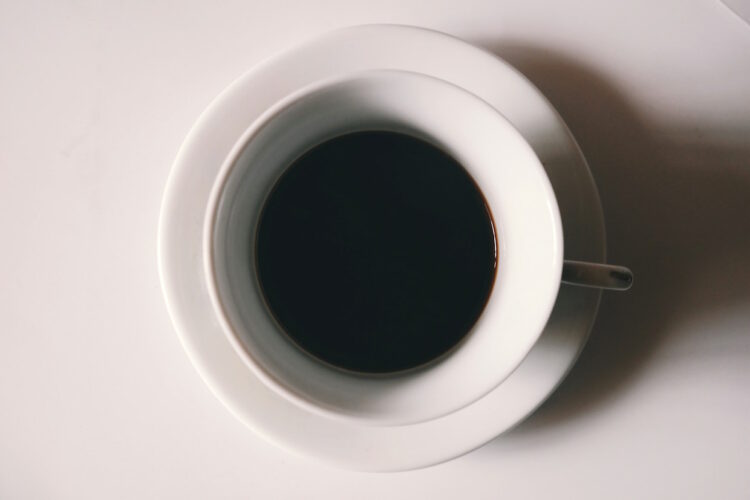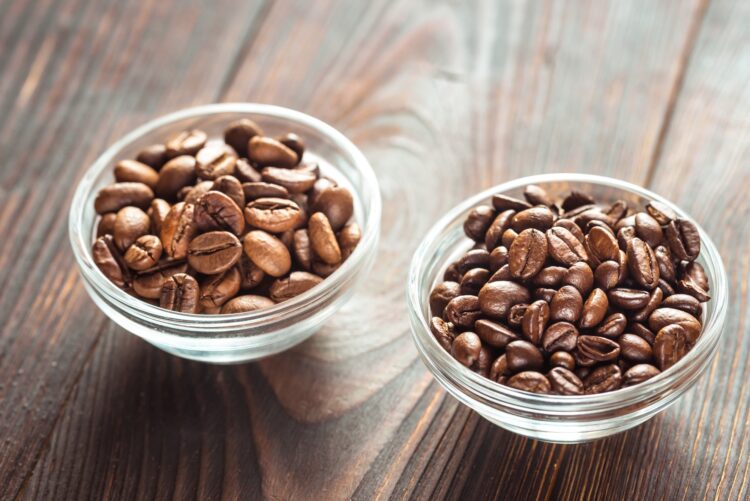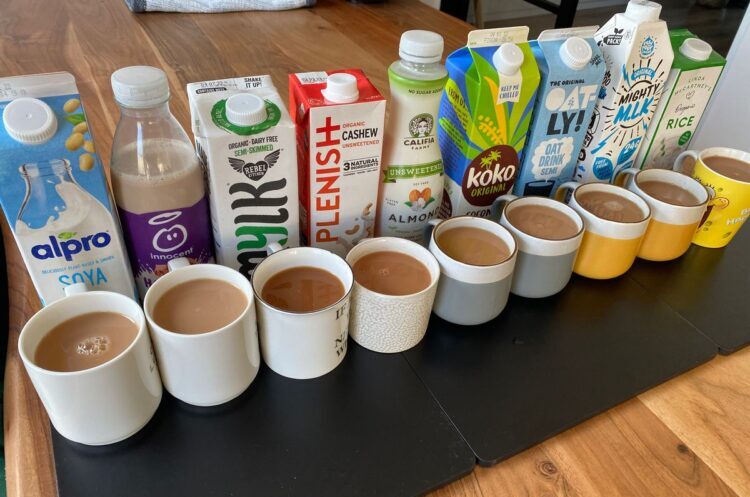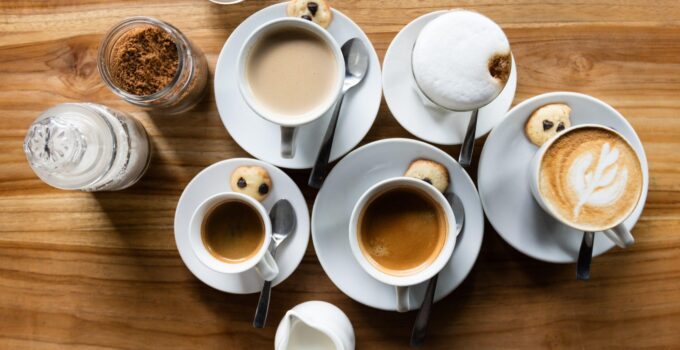Coffee has long been a beloved beverage worldwide, appreciated for its rich aroma and the burst of energy it provides. But, have you ever wondered about the calorie content of that cup of joe you savor each morning? Whether you’re a calorie-conscious individual or just curious about your daily caffeine intake, understanding the calorie count in coffee is essential.
In this guide, we’ll delve into the world of brew and calories, examining plain black coffee, additives, popular coffee beverages, coffee bean variations, temperature choices, and portion sizes, and offer tips for reducing kcal intake. We’ll also explore health considerations related to brew consumption. So, let’s brew up some knowledge!
Page Contents
Why People Want to Know Coffee Calorie Counts
Calorie counting has become a significant aspect of modern diets. People want to know the counts of the foods and beverages they consume to maintain a balanced diet and manage their weight effectively. Coffee is no exception, as it’s a daily ritual for many. Understanding the kcal content allows individuals to make informed choices about their coffee consumption, ensuring it aligns with their dietary goals and overall well-being.
Calories in a Plain Black Coffee

Source: dailycoffeenews.com
A coffee lover’s dream, the fats contained in a simple black coffee are essentially nonexistent. Approximately 2 calories are included in a typical 8-ounce (240ml) cup of black brew. Black brew is prepared without any additions like sugar, milk, or cream, which results in a low-calorie count. It’s a fantastic option for people who want to enjoy the fragrant, caffeinated pleasure of coffee without worrying about calorie consumption because it’s simply water that has been infused with the rich flavors of coffee beans.
This low-calorie content makes plain black brew an ideal beverage for calorie-conscious individuals and those looking to maintain a balanced diet. It’s not only light on kcals but also provides the energy and warmth that coffee lovers crave. So, whether you’re sipping it for the taste or the pick-me-up, you can do so guilt-free with a plain black brew in hand.
Impact of Different Coffee Additives
The story changes when you start adding cream, milk, sugar, syrups, or whipped cream to your coffee guide. These additives can significantly increase the kcal count. For instance, a tablespoon of sugar adds around 49 calories, while a tablespoon of half-and-half cream contributes about 20 kcals to your cup. Flavorful syrups can rack up even more kcals, making it essential to be mindful of what you mix into your brew.
Content of Popular Coffee Beverages
Coffee menus are replete with a variety of beverages, each with its own unique count. A simple latte, for example, typically contains around 120 kcals, primarily due to the milk used. Mochas and frappuccinos can easily surpass 300 kcals or more, thanks to their chocolate, whipped cream, and sweeteners. When indulging in specialty brew drinks, it’s crucial to be aware of their kcal content to prevent unintentional overconsumption.
Comparing Calorie Counts in Various Types of Beans

Source: coffeedesk.com
The type of coffee bean used can influence the count, albeit slightly. Arabica and Robusta are the two main brew bean species, with Arabica generally having a milder, less bitter taste. While the difference in kcal count between the two is minimal, Robusta beans tend to have slightly fewer kcals due to their lower fat content. However, the variation is subtle and unlikely to be a significant factor in your calorie-conscious choices.
Differences Between Hot and Iced Coffee
Hot and iced variations offer different profiles. While the core ingredients remain the same, iced brews can contain more kcals if sweeteners, creams, or syrups are used. The cold brewing process of iced coffee can also extract more compounds from the grounds, potentially altering its kcal content slightly. Hot brew, on the other hand, maybe less calorie-dense if you opt for plain black coffee without any additions.
Learn the art of brewing the perfect cup of coffee and get your day started with the wonderful taste that will get you energized for the day ahead.
Impact of Portion Size on Calorie Intake
Portion size plays a pivotal role in kcal counting. The larger the cup or mug you choose, the more kcals you’re likely to consume. A standard 8-ounce cup of black brew has minimal kcals, but as you upsize to a 16-ounce or 20-ounce serving, the count increases accordingly. Be mindful of portion sizes, especially when enjoying specialty brew drinks, as they are often served in larger containers with proportionate increases.
Tips for Reducing Calories in Your Daily Routine

Source: getsurrey.co.uk
If you’re looking to cut back on brew-related kcals, there are several strategies you can employ. Opt for smaller cup sizes, choose low-fat or plant-based milk alternatives, and use sugar substitutes or reduce sugar content. Experiment with lower-calorie flavorings like cinnamon or vanilla extract to add flavor without excess kcals. Remember, moderation is key when it comes to calorie-conscious choices.
Health Considerations Related to Consumption
Beyond that, it’s essential to consider the broader health implications of brew consumption. While moderate brew intake has been associated with several health benefits, such as improved alertness and reduced risk of certain diseases, excessive caffeine consumption can lead to issues like insomnia, jitteriness, and increased heart rate.
Additionally, the high caffeine content in some beverages may not be suitable for everyone, so it’s crucial to listen to your body and consume brew in a way that suits your individual health needs.
Conclusion
In summary, understanding the content of your daily brew is a valuable step towards maintaining a balanced diet and achieving your dietary goals. While plain black brew is virtually calorie-free, the addition of various creams, sugars, and syrups can significantly increase the count. Specialty brew beverages, bean variations, temperature choices, portion sizes, and mindful choices all play a role in determining the calories in your cup of joe.
By being aware of these factors and making informed choices, you can enjoy your brew while managing your intake effectively. Ultimately, moderation and balance are key to savoring the pleasure of coffee without compromising your health and dietary goals. So, go ahead, enjoy your coffee, and keep those calories in check!





